
© Associated Press16 August 1957: a nurse at Montefiore Hospital gets the first Asian flu vaccine shot in New York
Prior to 1889, the main flu virus circulating in humans has been from the H1 family. But this year, a new strain of H2 flu emerges in Russia and spreads around the world, killing about 1 million people. Afterwards, H2 replaces H1 in humans. Such replacements seem to be a regular feature of flu pandemics.
People born before 1889, who have been exposed to H1 flu, have some immunity to it. This affords them some protection in the deadly H1N1 epidemic of 1918. Those born after 1889 do not have any immunity to H1.
1918The "Spanish flu" epidemic of 1918 kills at least 50 million people worldwide. It is caused by an H1N1 virus which evolves directly from a bird flu into a human flu.
After a mild wave of infections in the summer, the epidemic goes global: one-third of the population eventually get sick. Although most cases are mild, many sufferers develop a rapidly fatal infection deep in their lungs. People born before 1889 are less susceptible, thanks to their previous exposure to H1N1.
Most deaths are caused by bacterial lung infections that move in after the virus. Modern antibiotics might mean that a re-run of the 1918 pandemic would be less dangerous.
After 1919, the descendants of the H1N1 virus continue to circulate and cause seasonal flu outbreaks in humans - and pigs.

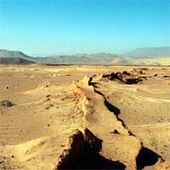
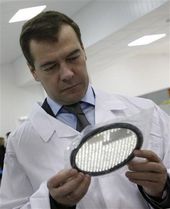
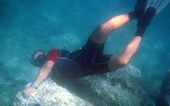

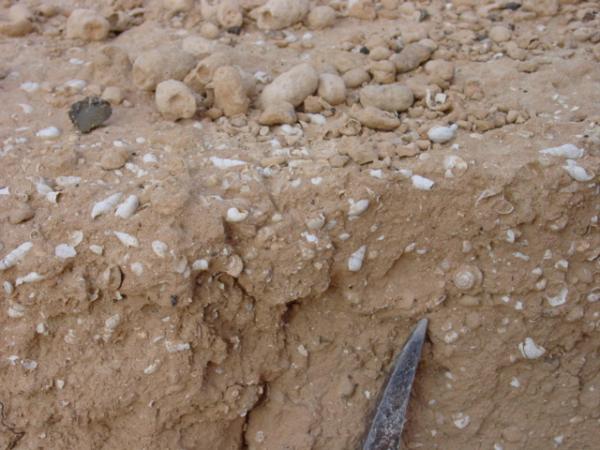
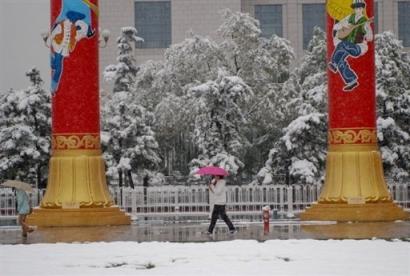


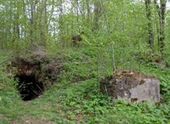



Comment: Read also, The Art of Deception, for a view on how the evil magicians of our times use their tricks to control us and render us helpless and hopeless under their spellbinding lies.